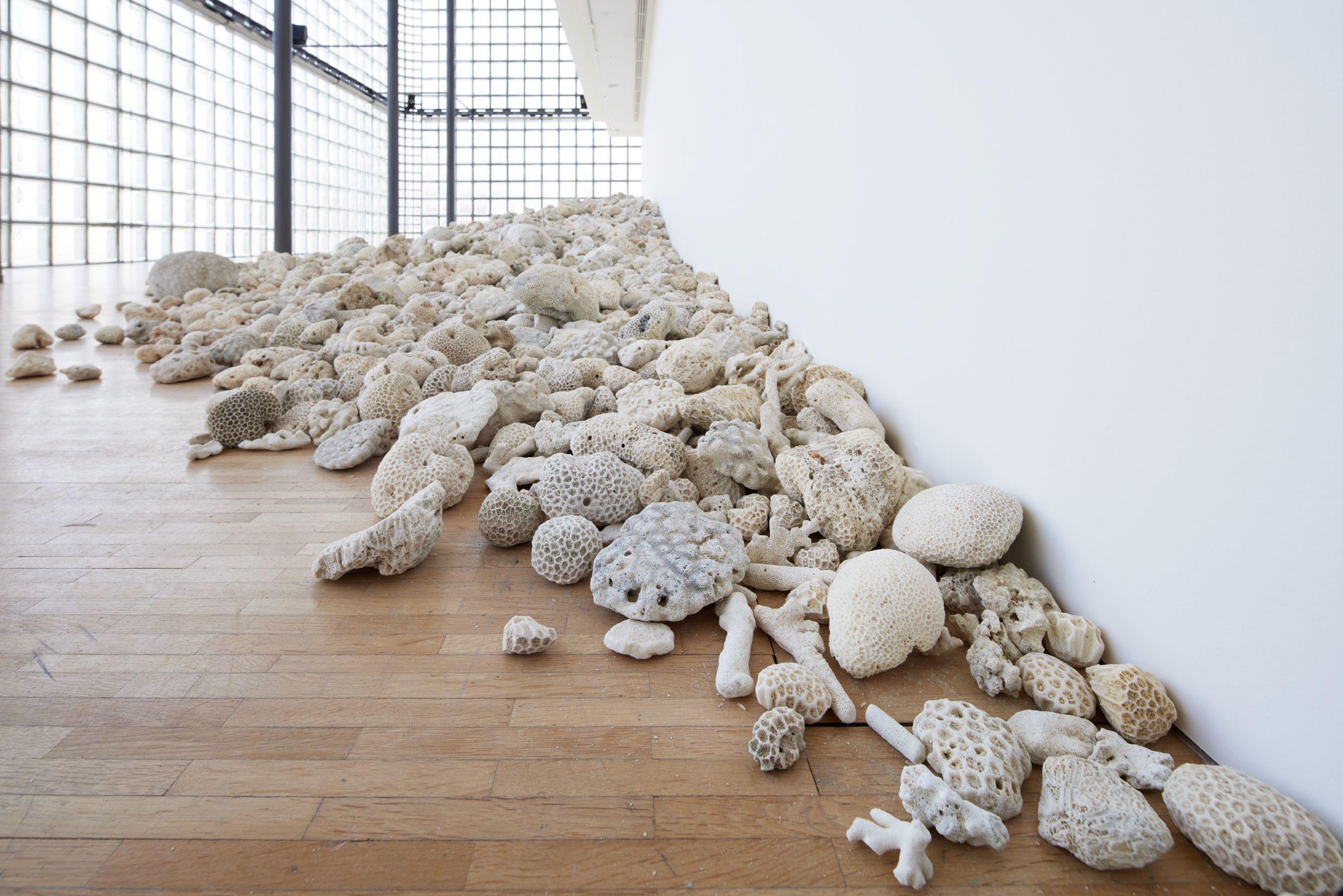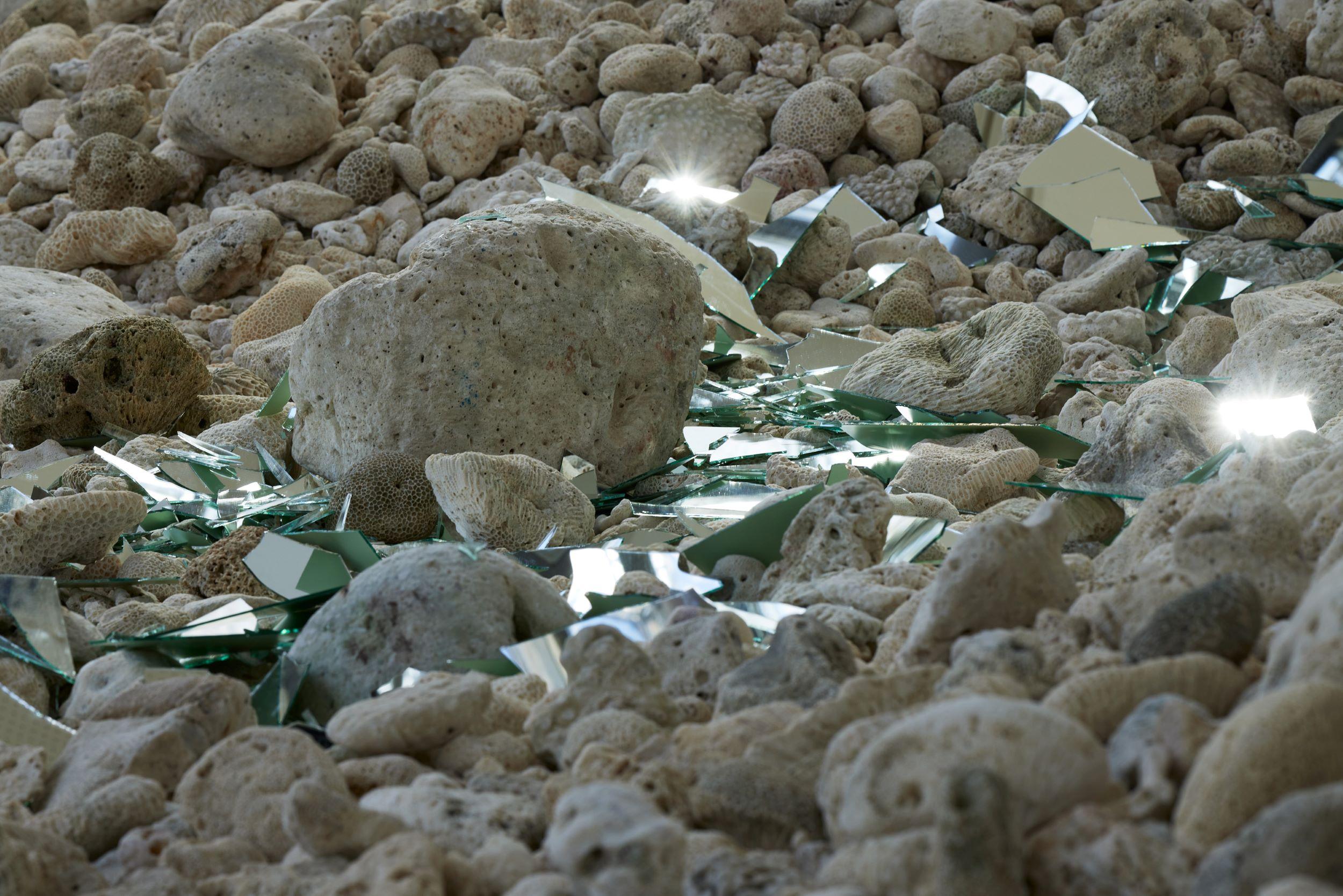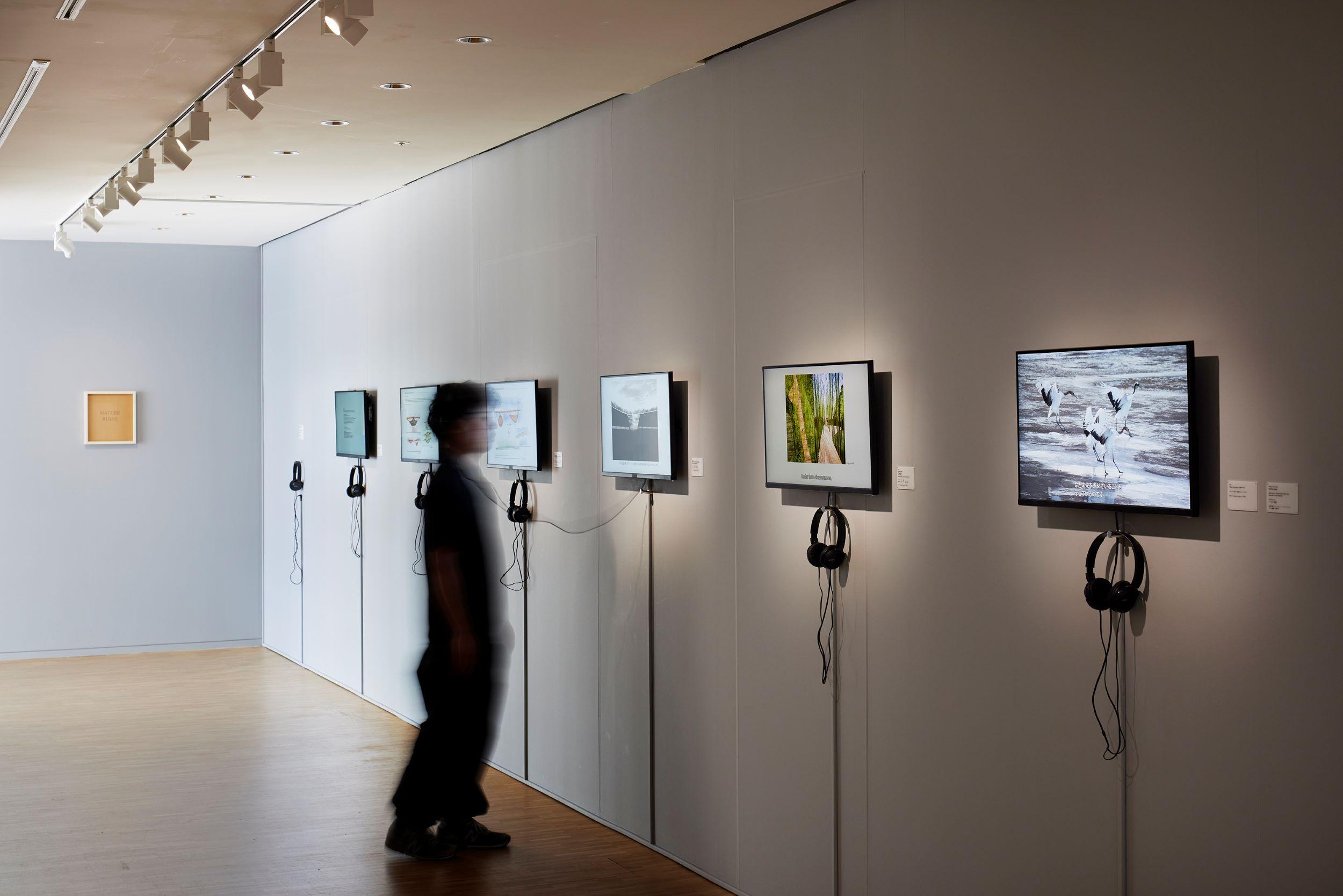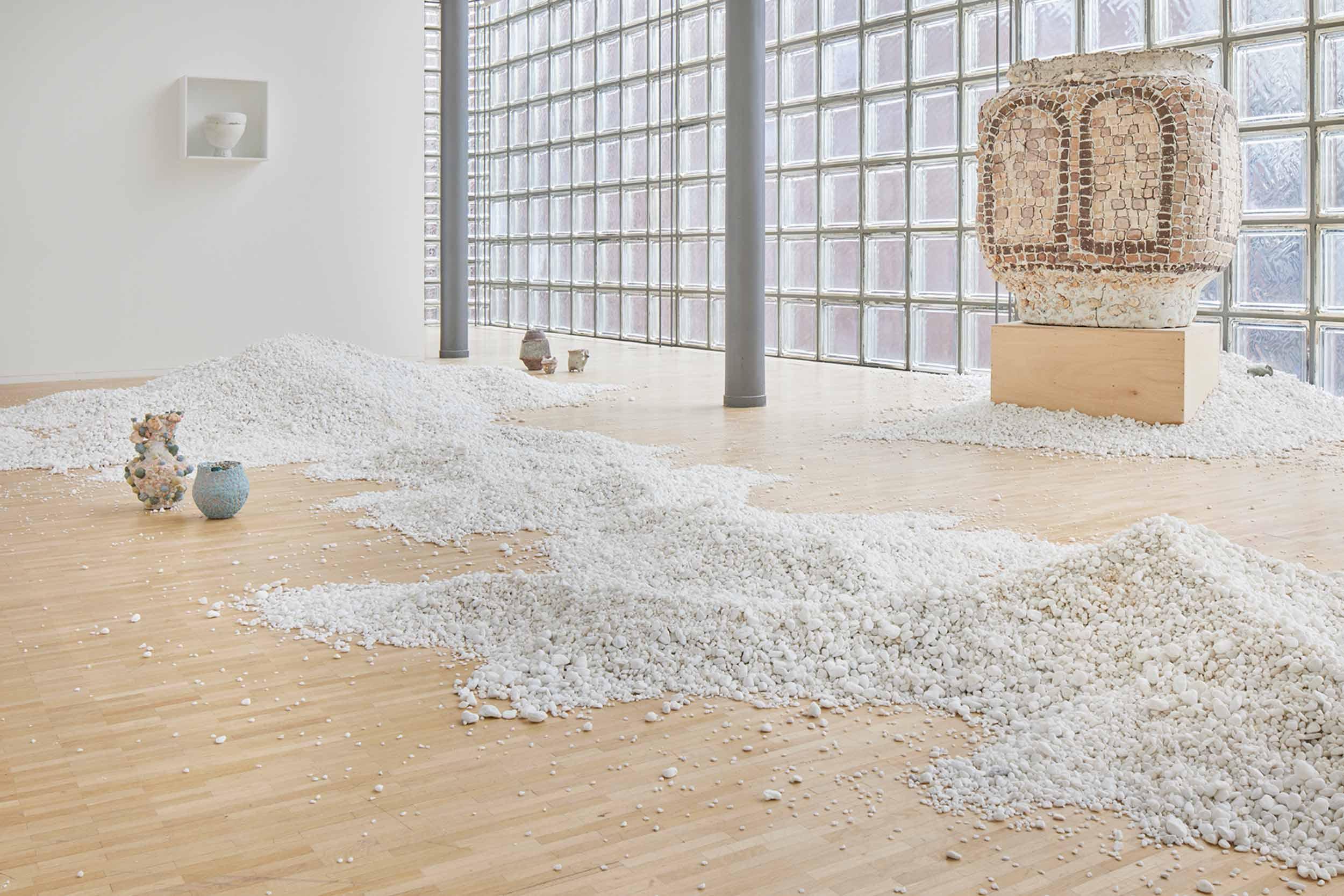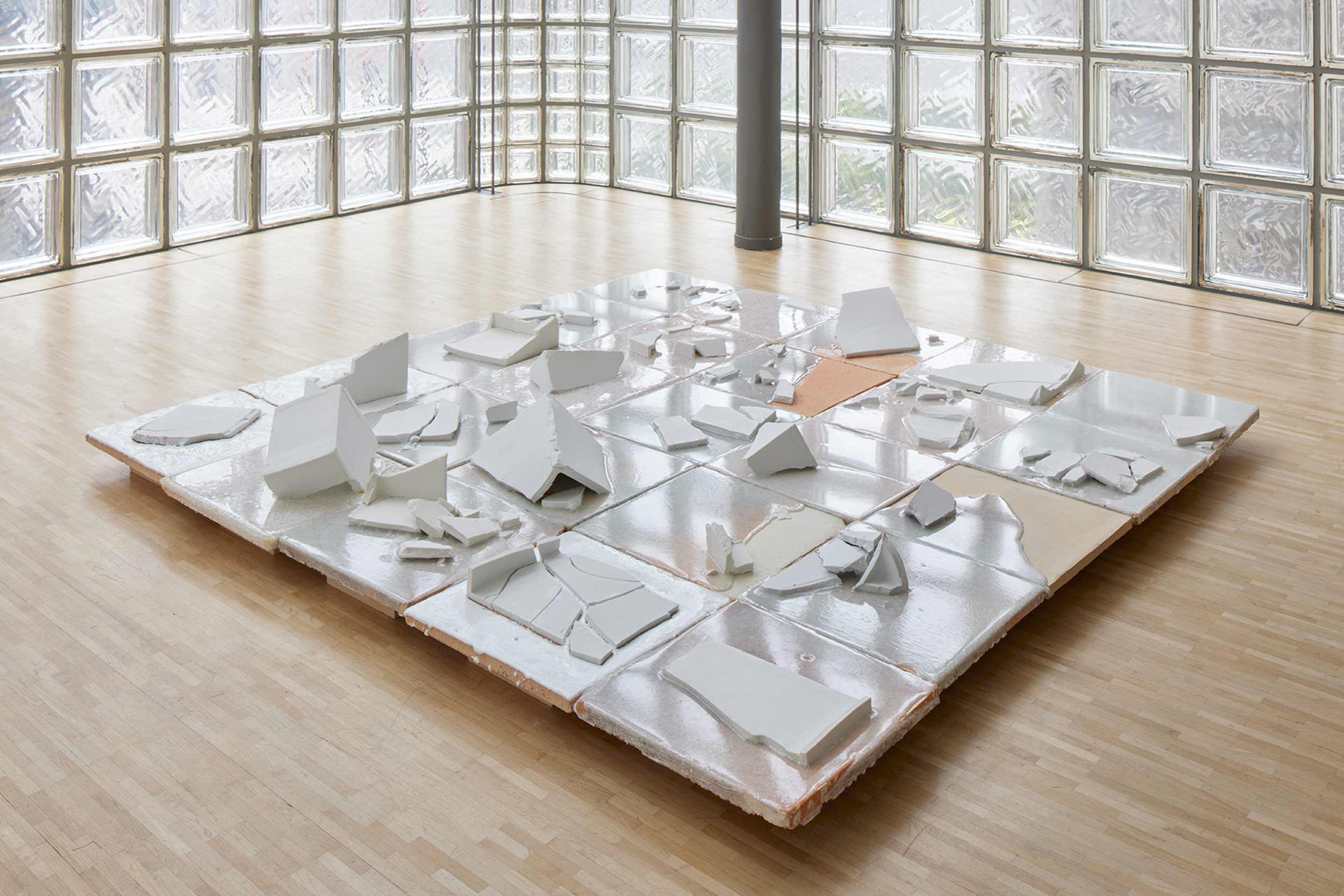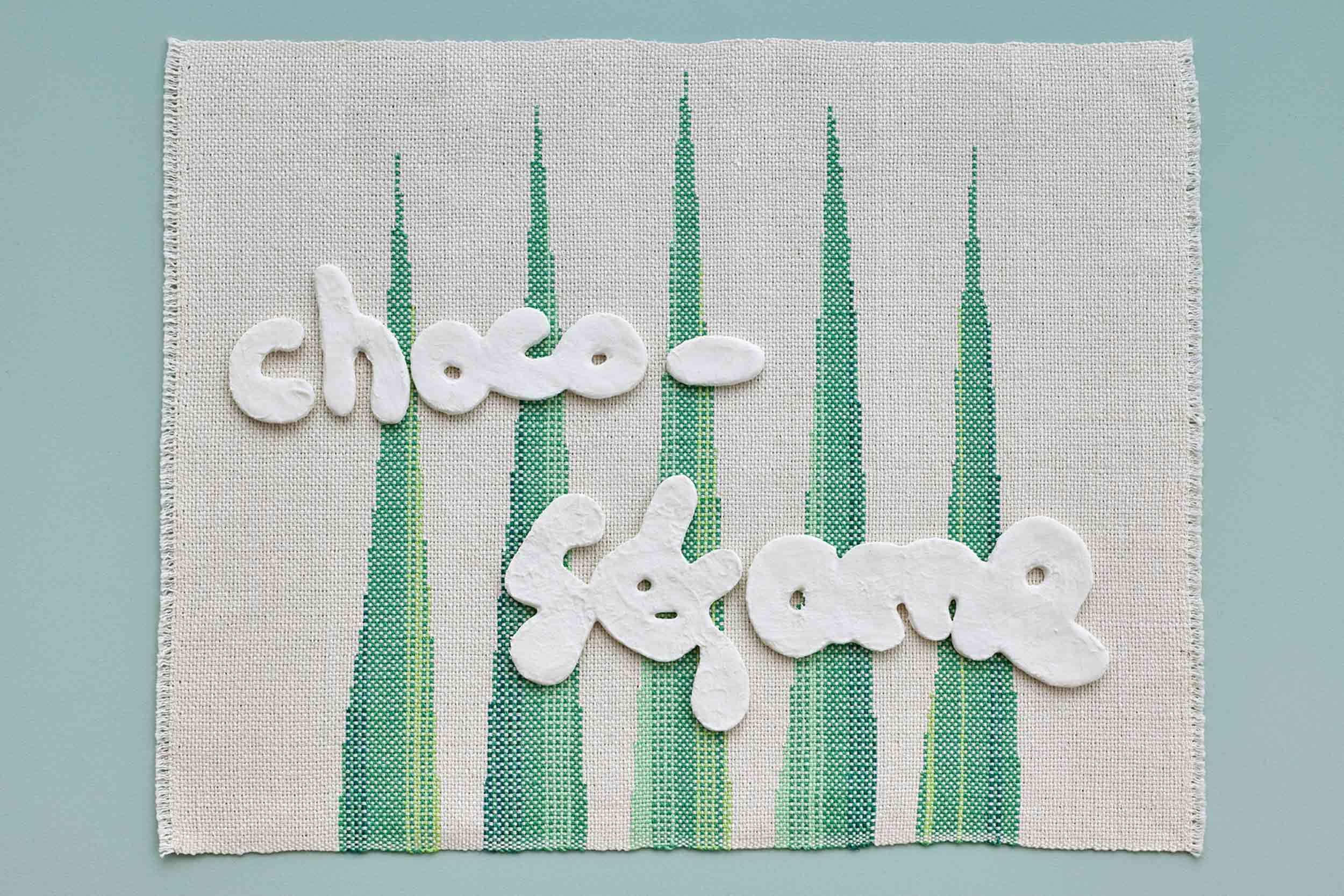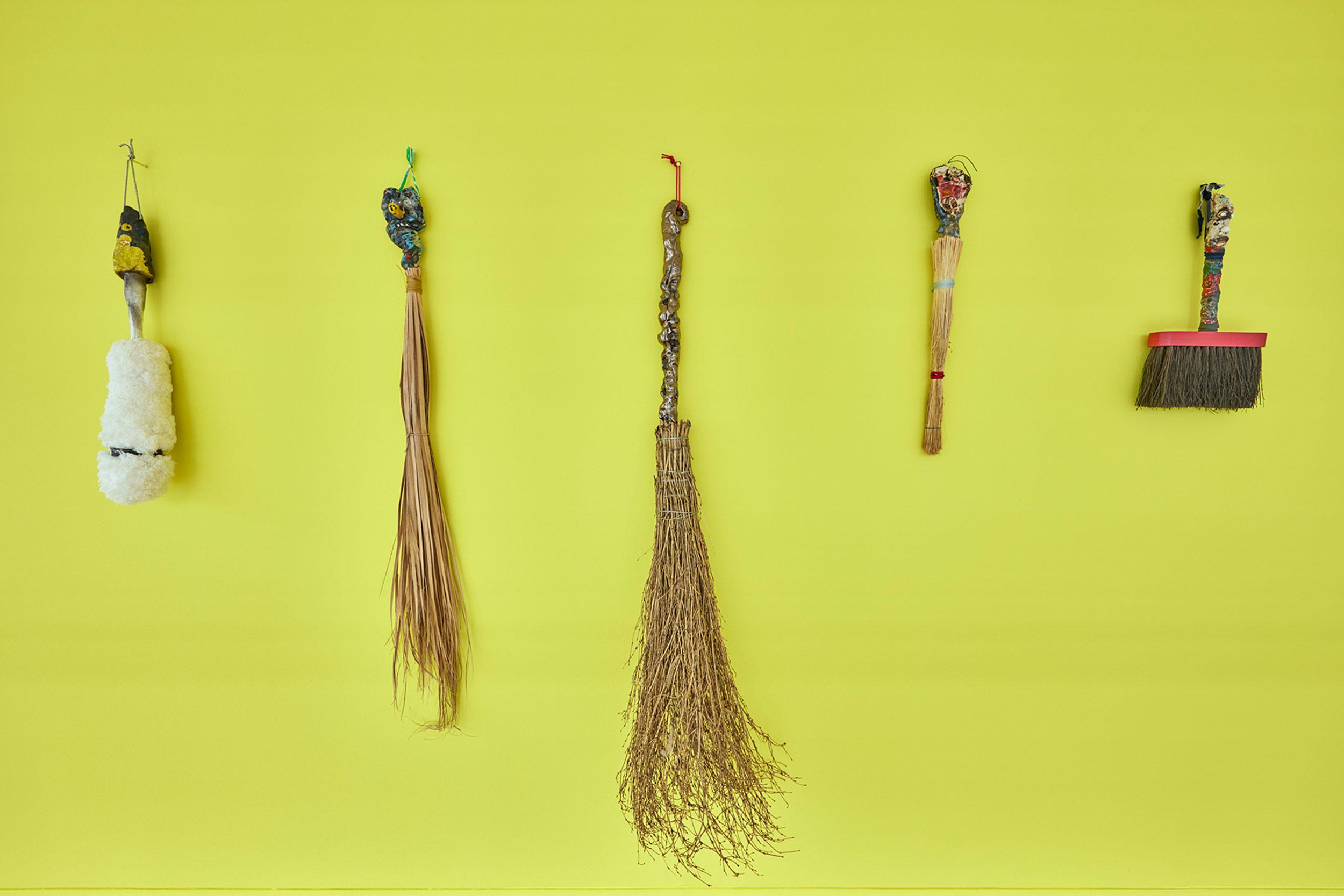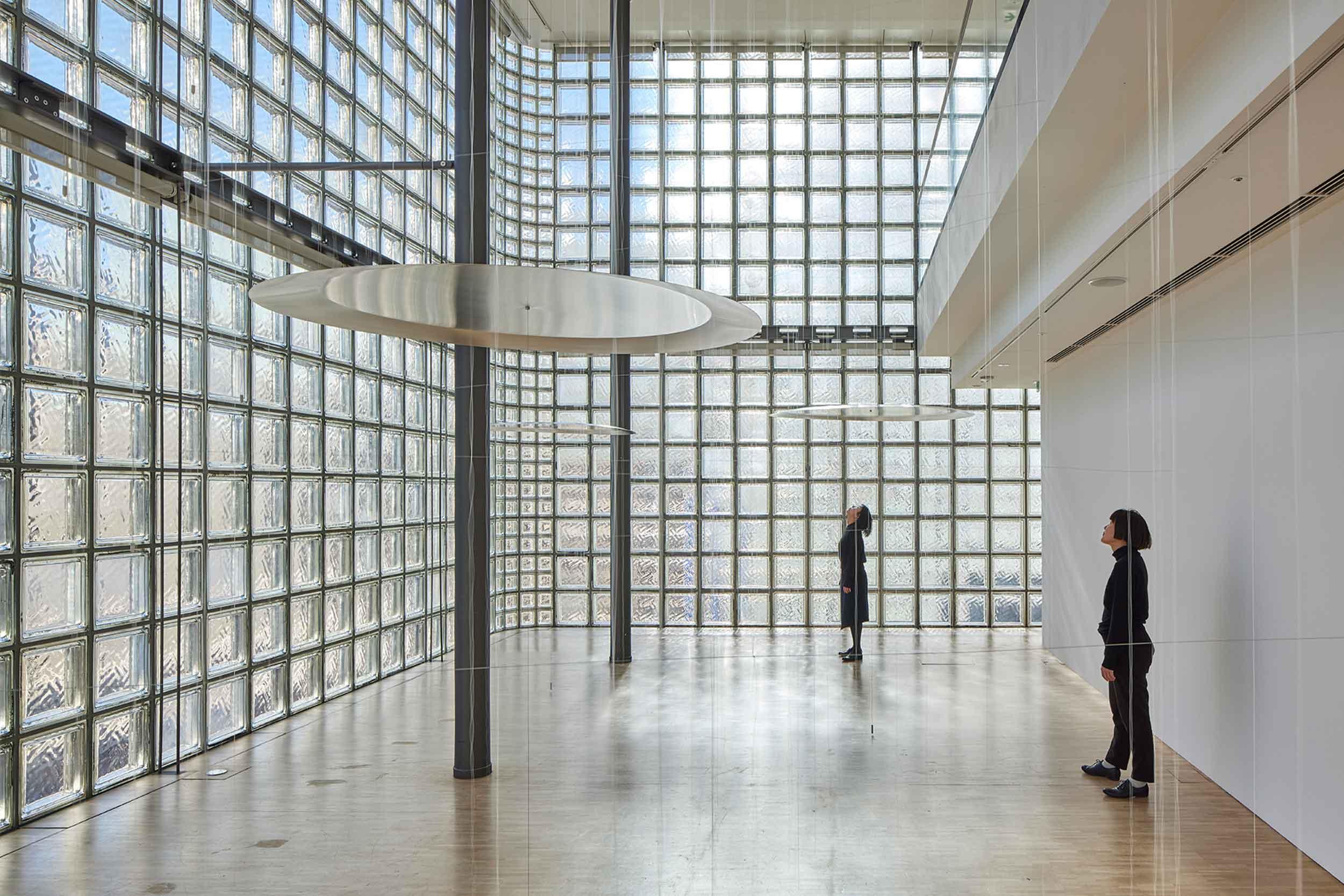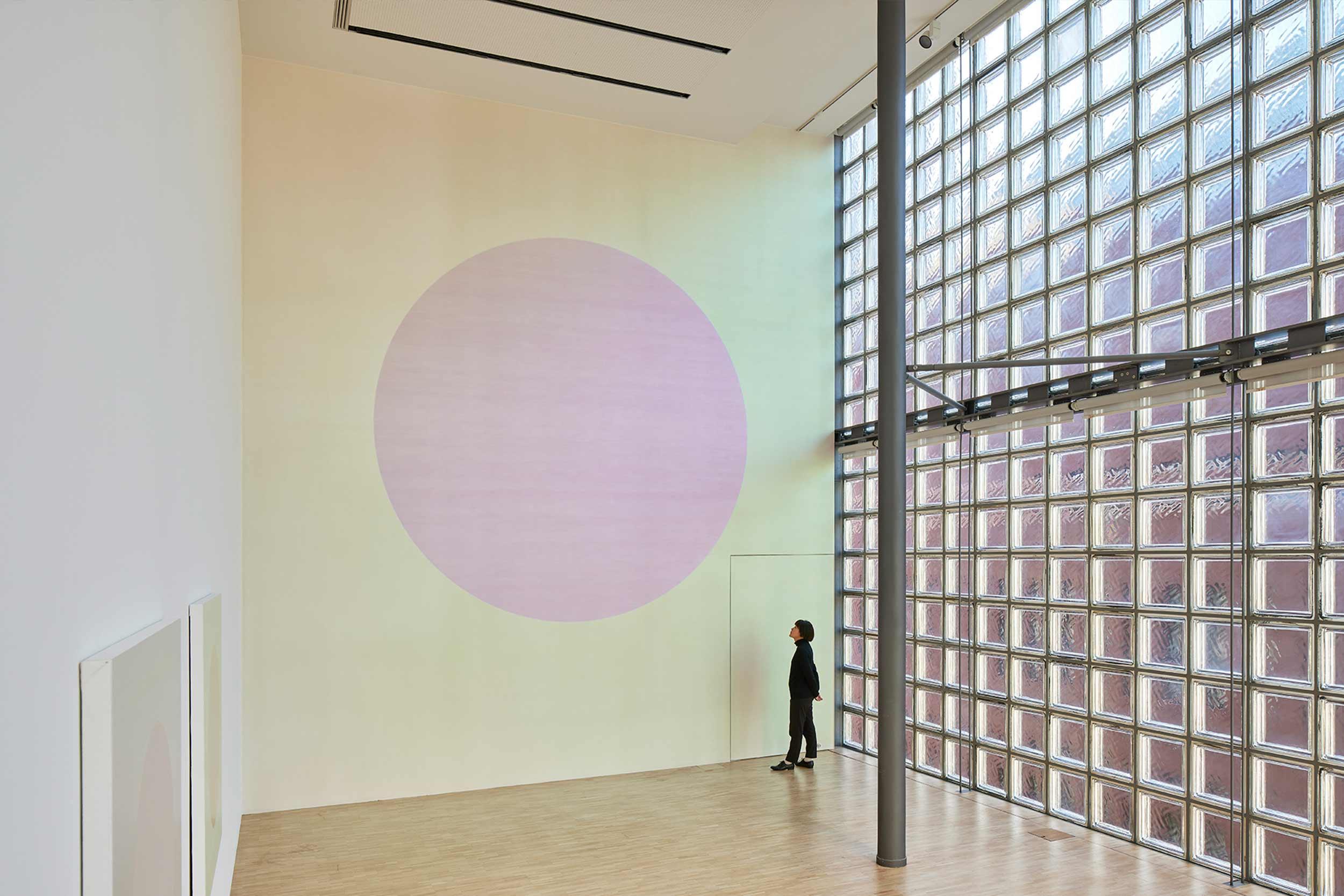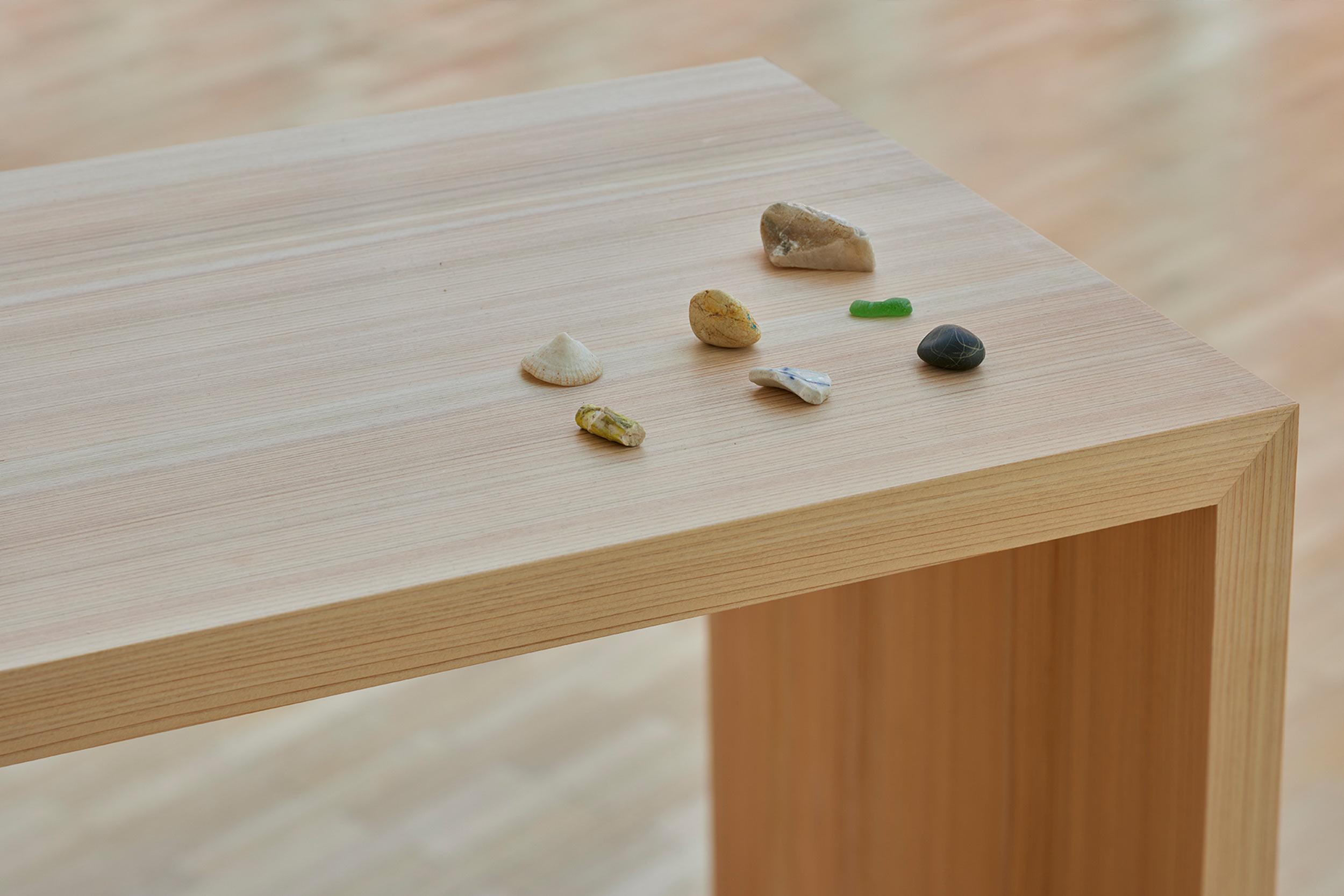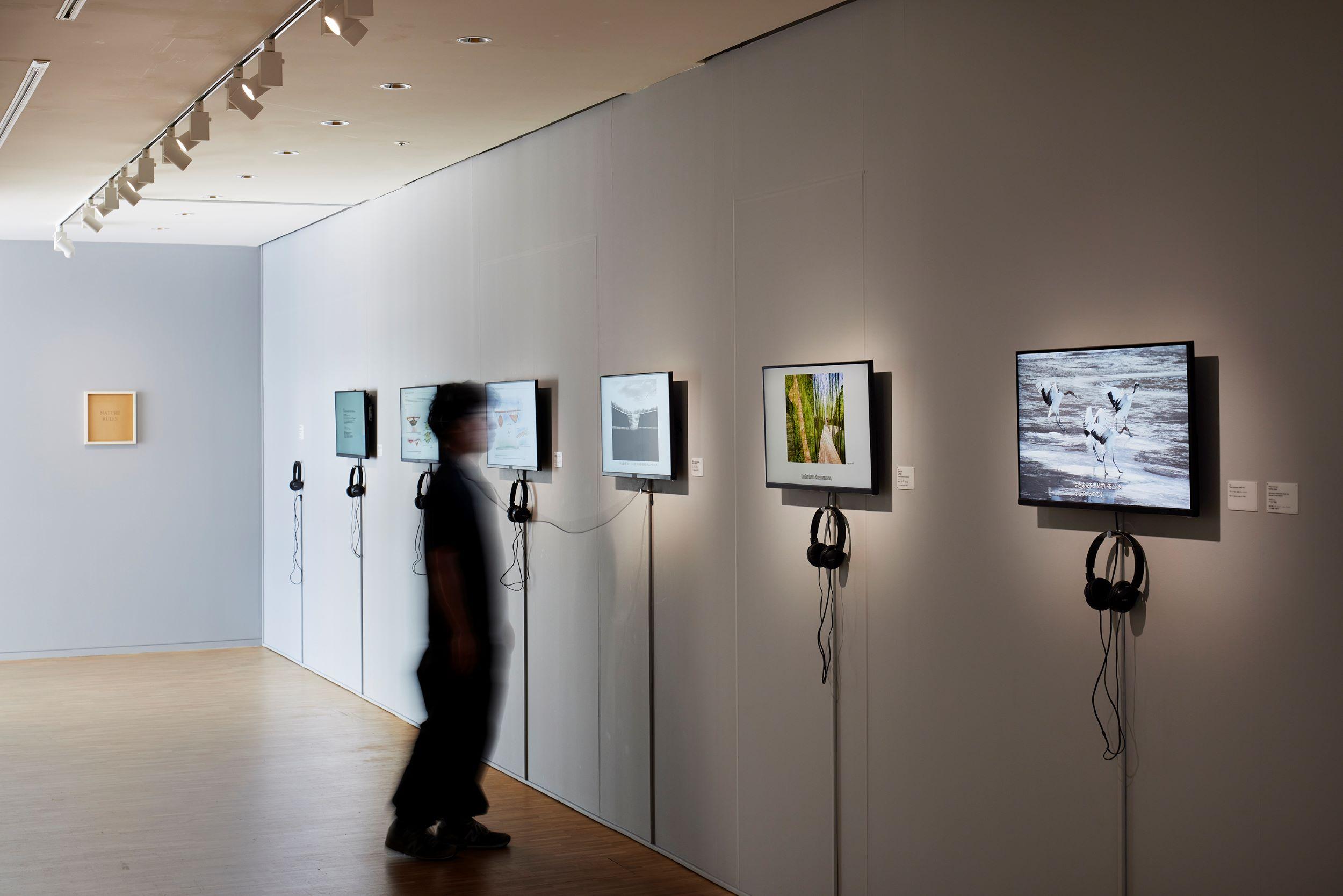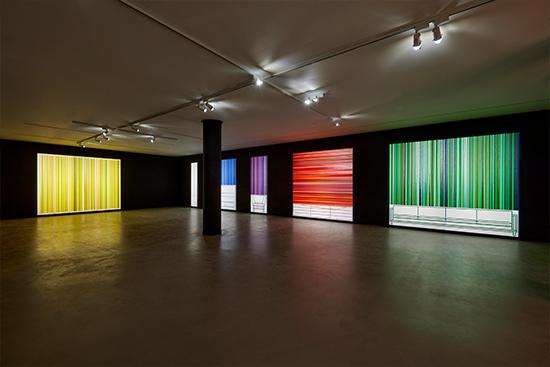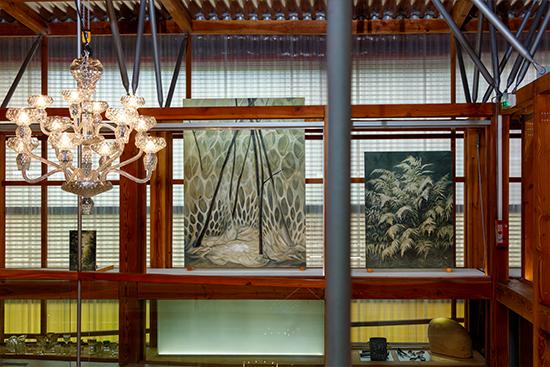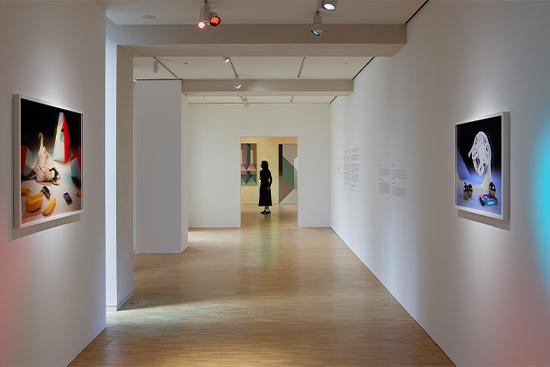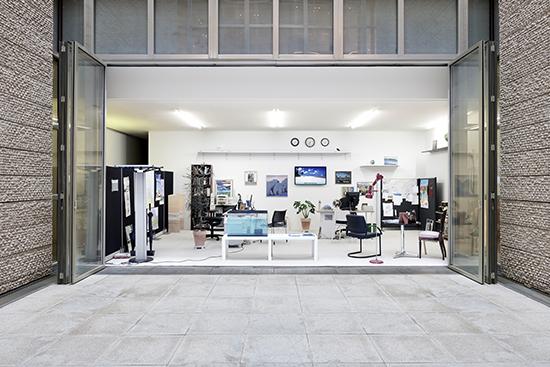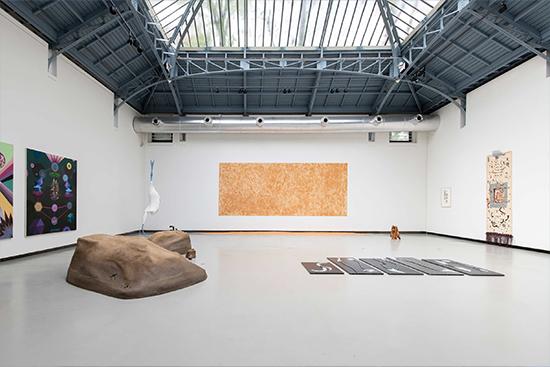What is “interference”? Under this title, the first exhibition of 2023 invites the public to find answers through experience. Four artists explore our perceptions through the effects on the body of stimuli such as light, vibrations or soundwaves. Through stripped-back aesthetics, each of these artists highlights the subtle variations caused by the interferences to which our bodies are subjected in everyday life. Visitors are invited to contemplate the nature of perception through deeply felt sensations both physical and unconscious. The title, “Interference”, is borrowed from a series of paintings by artist Shingo Francis (b. 1969, United States): containing pigments that interfere with light, the colours of these canvases shift according to the viewer’s position. Nearby, an installation by Susanna Fritscher (b. 1960, Austria) immerses the viewer in a sensory experience of vibrations and pulsations beyond the frequencies that we are capable of hearing. Finally, Bruno Botella (b. 1976, France) presents pieces that stimulate our subconscious perception through tactile sensation, while Aiko Miyanaga (b. 1976, Japan) invites visitors to embark on a cosmic journey – the ultimate sensation, transcending time and space – through a tea ceremony shared online.
After this evanescent project, curator Reiko Setsuda comes back to earth and earthly materials with “Enamel and Body/Ceramics”. The group exhibition is presented in parallel with the first Japanese edition of the Skills Academy, on “Clay”, which Reiko Setsuda has been instrumental in organising. French artist Françoise Pétrovich’s metamorphic animals immortalised in enamel, and the tiny mounds of Japanese ceramicist Masaomi Yasunaga, remind us of the finite nature of the body. With her brooms, French artist Sylvie Auvray offers a choreographic reading of our daily rituals, while the small monuments sculpted “from memory” by Franco-Japanese artist Yusuké Y. Offhause interpet his mental projections. The ceramic creations of Swiss-Japanese artist Agathe Naito invite bodily interaction through playful performances. In a very different register, Japanese artist Machiko Ogawa offers a meditation upon the richness of humans’ relationship to water across civilisations. Extending the ancestral art of ceramics, all of these offerings attest to the diversity of contemporary sculpture and to the inexhaustible vitality of artistic creation that draws upon and shapes earth.
Finally, the year draws to a close with a project entitled “Ecology: Dialogue on Circulations” which will unfold over two moments: a retrospective in autumn 2023 followed by a group exhibition in the first semester of 2024. Approaching ecology as a shifting concept that evolves in response to different social, economic and political questions, this double programme brings together artists who envisage human lives as they exist in relation to nature. It is in this context that South Korean artist Jaeeun Choi will conclude 2023 at Le Forum with her retrospective exhibition “La Vita Nuova”. Born in Seoul in 1953, she has tirelessly worked on the fundamental role of biodiversity, in particular since her encounter with the art of ikebana in Japan in 1976. Bringing together existing work with recent pieces “La Vita Nuova” retraces four decades of her environmentally engaged creation, from the observation of ecosystems that have sprung up in the demilitarized zone on the Korean peninsula to her use of dead coral. Whilst her creations are arresting in their foregrounding of ecological issues, they are still eminently poetic and animated by an ideal of coexistence with the natural world. Jaeeun Choi’s artistic career appears here as an ongoing and lifelong dialogue centred on universal artistic questions.
